.
.
.
.
.
.
.
.
.
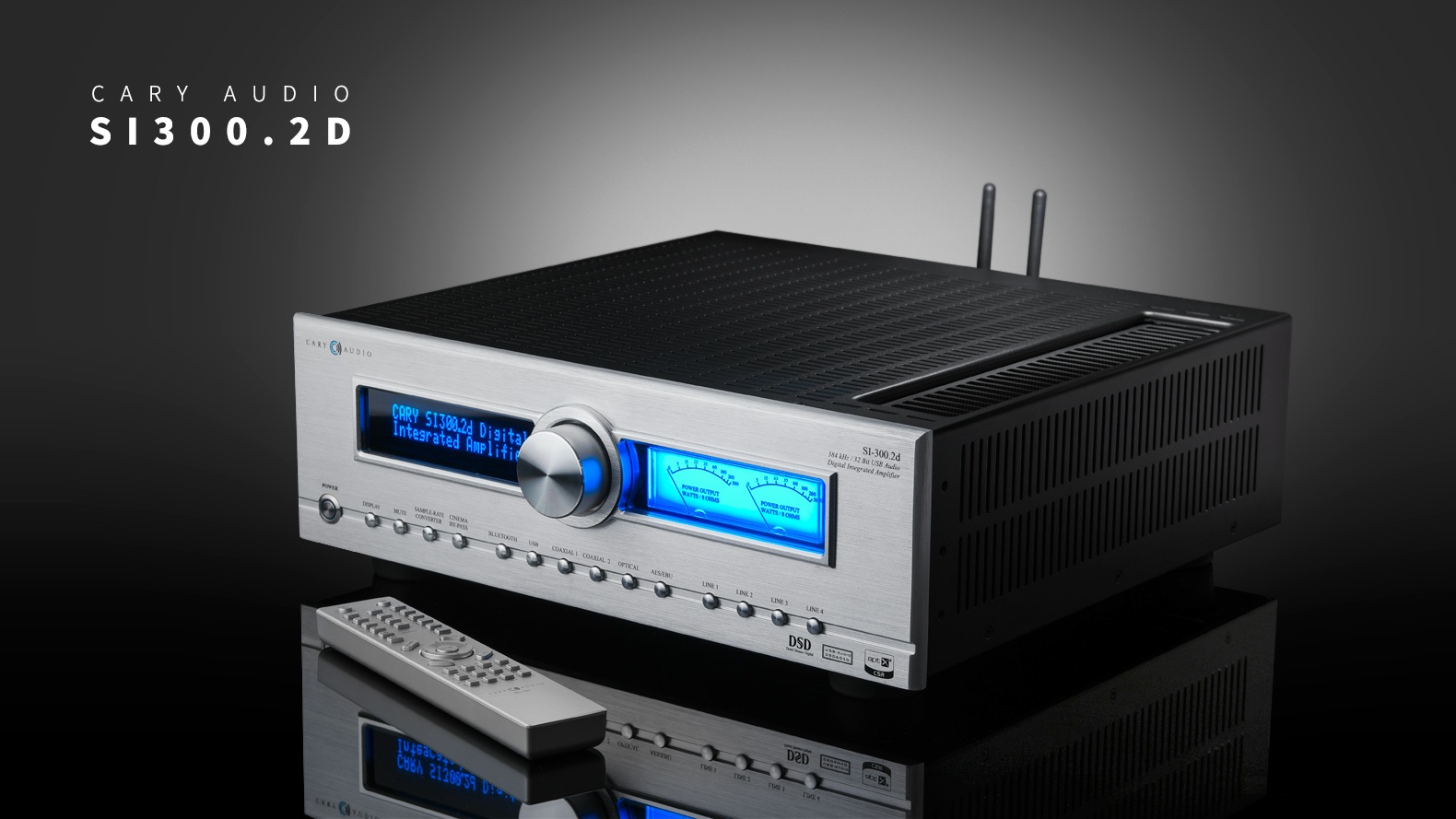
Amplificateur intégré.
2 x 300 watts sous 8 ohms en classe A/B.
2 x 450 watts sous 4 ohms en classe A/B.
Fonctionnement en Pure Classe A les premiers watts.
.
Préamplification analogique en Classe A.
Entrées RCA et XLR.
.
Convertisseur audio-numérique de très haute performance (équivalent au DAC 200 de la marque !)
PCM, DXD (24 bits/352,8 KHz) & DSD 256
Suréchantillonnage TruBit ™ et reclocking OSO ™
Entrées optique, coaxiales, AES et USB
.
Poids : 23 kg.
.
Prix : 7.995 €.
.
.
.
.
.
Let me be up front, here – I’m a tube guy. That’s just how it is.
I like the sound of tube audio and have owned some pretty high-end solid-state amplifiers before that just didn’t do much for me.
The single most attractive aspect of tube amplification for me, is that the soundstage becomes significantly more expansive.
With the Cary… close your eyes – you can’t point to the speakers.
You’re just immersed in a soundstage that not only appears in front of you, but that seems to wrap around on both sides. Marvelous !
Another attractive aspect of tubes I admire is their ability to provide realistic dynamics, even at lower volumes.
The Cary showed its mettle by providing both the generous soundstage and low-volume dynamics that I’ve not previously heard from a solid-state amplifier.
What the Cary Audio SI-300.2d does that those other components can’t:
Taking into account all the above, I’d have to say that the Cary Audio SI-300.2d IS worth its asking price.
I’ve heard nothing for any lesser price that can compare.
.
Glenn Young – Secrets of HT and HiFi
.
.
.
.

.
I was very pleasantly surprised by the quality of the internal DAC
but I think more impressive was how its sound balanced extremely well with the amplifiers sound.
I quickly realised that the Cary had been allowing me to enjoy a whole host of different music because it was all sounding good.
Music was fun, engaging and very enjoyable to listen to as a musical whole, I wasnt focusing on the small details as much as usual,
instead I was enjoying the bigger picture.
The Cary present vocals that are smooth, tonally rich and full in size,
the bass is rounded and bouncy and massively pleasing and the treble is smooth and glare free.
I think the big appeal of the Cary will be its sound or overall sound character, that famous Cary tube sound, the warmer, engaging, smooth and bold combination
definitely makes sitting and listening to music a very enjoyable and gratifying thing to do, and surely that is what its all about.
.
Puirsuit Perfect System.
.
.
.
.
.
One trait of the SI-300.2d became increasingly evident: extreme resolution, and never at the cost of tonal richness or spatial substance.
Even in my smaller system, to which I listen in the nearfield, the Cary created engrossing dynamics from a dead-quiet, deeply layered, dead-silent background.
Each disc I played led to more discs, more revelations.
The sound was as transparent as a fall sky, and as tonally even-keeled as I’ve heard in my nearfield setup.
In Johnny Mandel’s « The Moon Song, » Metheny’s glistening touch on acoustic guitar was palpable,
and as never before,every last note of the late Haden’s double bass was deeply tactile and toneful.
I’ve enjoyed Haden’s solo in Metheny’s « Message to a Friend » hundreds of times. When he plucks very low notes, most systems inevitably turn them into confused mush.
The Cary resolved each note beautifully and cleanly, the round texture and warm tone of each string speaking with stunning articulation. I was dumbfounded.
The Cary’s clarity and resolution also benefited the nuances of Metheny’s guitar technique.
The soaring instrumentals on Pat Metheny’s Speaking of Now were well-balanced, powerful, and, note for note,
as highly resolved as I’ve ever heard them, with concrete if lightweight bass reproduction.
It delivers more bang for the audio buck, with greater resolution and power, than any DAC-integrated in this price range has a right to.
Stereophile
.
.
.
.
.
The sonic character of the Cary Audio SI-300.2d remained constant across all power levels, which is an ideal performance characteristic,
and also that character was a true representation of whatever we played.
The SI-300.2d did not add unwanted tonal warmth to the sound or smooth off any rough edges.
Nor did it exaggerate any part of the audio band : the level of the bass was in perfect balance with the midrange,
which was in turn in perfect balance with the treble. Lovely !
Aurally instructive is I Don’t Care Who Sees, thanks to the use of an acoustic guitar and handclap,
with the Cary delivering those claps as accurately as the same sound we made when clapping our own hands in time as we listened.
The Cary SI-300.2d delivered the orchestral introduction full of warmth, richness, and a totally ‘full’ and live sound.
The delicacy of the string sound was sumptuous. Pollini’s entry is poignant and focused, but then close to four minutes in,
marvel as he gets to demonstrate both his famous dexterity (and his sensitivity) balancing the running bass figurations in his left hand
against the complex patterns of his right, with the Cary revealing his masterful keyboard touchto perfection. Genius !
Conclusion : Cary Audio’s SI-300.2d looks fabulous, sounds great, is very well designed, and is built to an extremely high standard —
and that build, mind you, is entirely in the USA. It’s also extremely high-powered and able to be controlled via its own remote or its own app
and it will play pretty much anything you can throw at it — wired or wirelessly. Full marks, Mr Wright !
.
Audio Esoterica
.
.
.
.
.
The Cary’s sonic talents are pretty much in line with those solid, no-nonsense looks.
It delivers a bold, full-blooded and arresting sound that immediately gets you to sit up and take notice.
The Punch Brothers’ The Phosphorescent Blues sounded astonishingly vibrant and lifelike.
There was a visceral intensity to the music that endowed voices instruments with body and presence.
On ‘I Blew It Off’ the violin, cello and banjo sounded lifelike and incisive, weaving a textured, tonally vibrant backdrop against which the vocals were vividly presented.
The percussion had tremendous impact and precision, emphasising the effortless pace of the delivery.
Tonal range was expansive: the amp’s muscular, intense low frequency delivery underpinned the music’s timbre and authority.
I was struck by the dynamic intensity of the sound, and the ability of the Cary to explore both the explosive and the subtle, intimate elements of the music.
But perhaps the most appealing, the most arresting part of the Cary’s performance was the imaging :
the amp’s ability to create a lifelike, convincing performance was underscored by a real talent to present a finely delineated,
thoroughly three-dimensional sound picture.
As a result, it was easy to recognise the specific spatial and temporal positioning of each instrument and voice on an open, seemingly infinite soundstage.
On the catchy ‘Red Sun’, I was again struck by the generosity of the staging and the precision of the imaging, as well as the fullness of tone and the overall intensity of the music.
The sound wasn’t rich in a bloated, rolled off, oversaturated way, but would be best described as full-range.
The ability to upsample the digital signal allows further flexibility, while catering to different sonic preferences.
The Cary SI-300.2d is a triumph.
.
AVSA
.
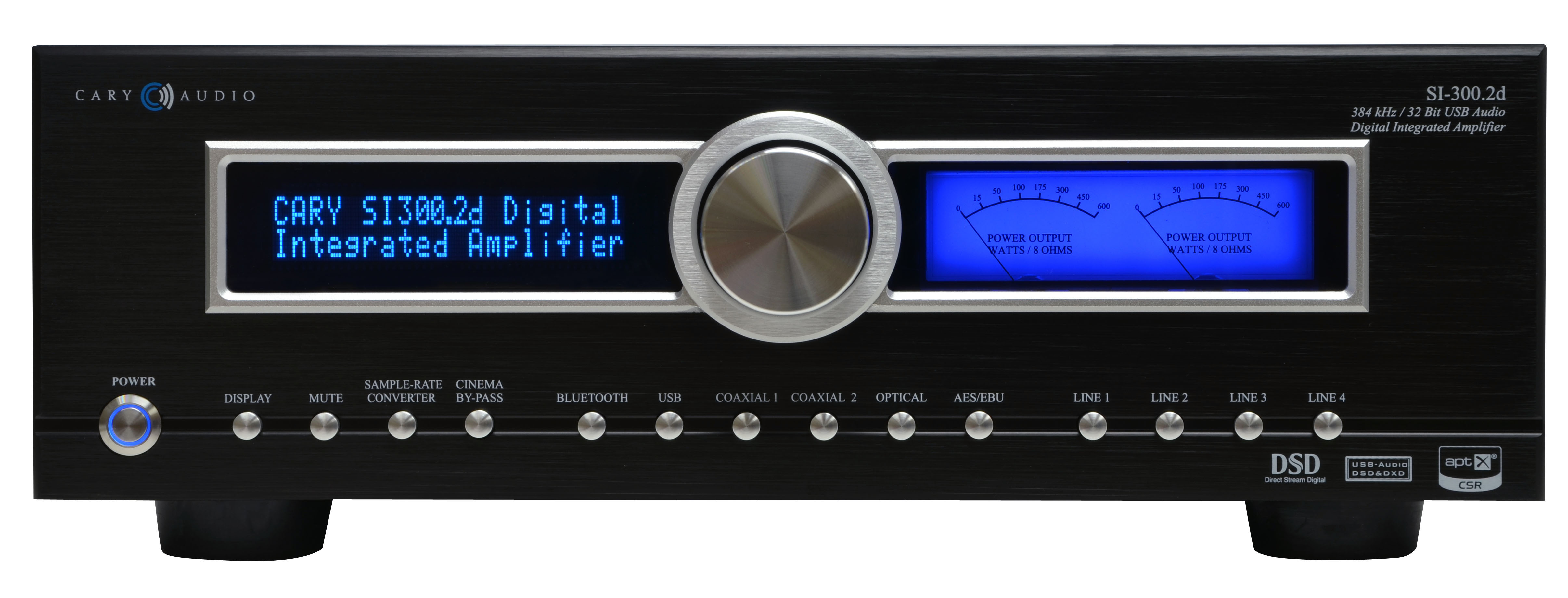
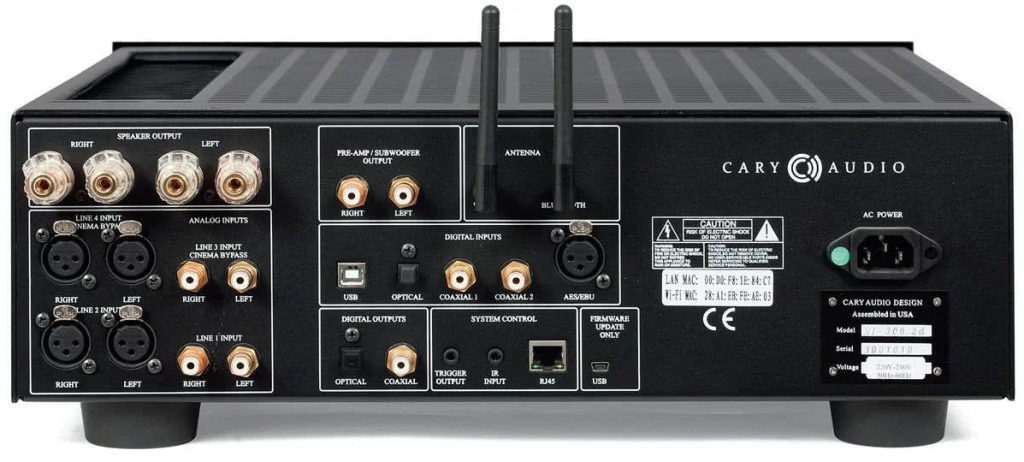
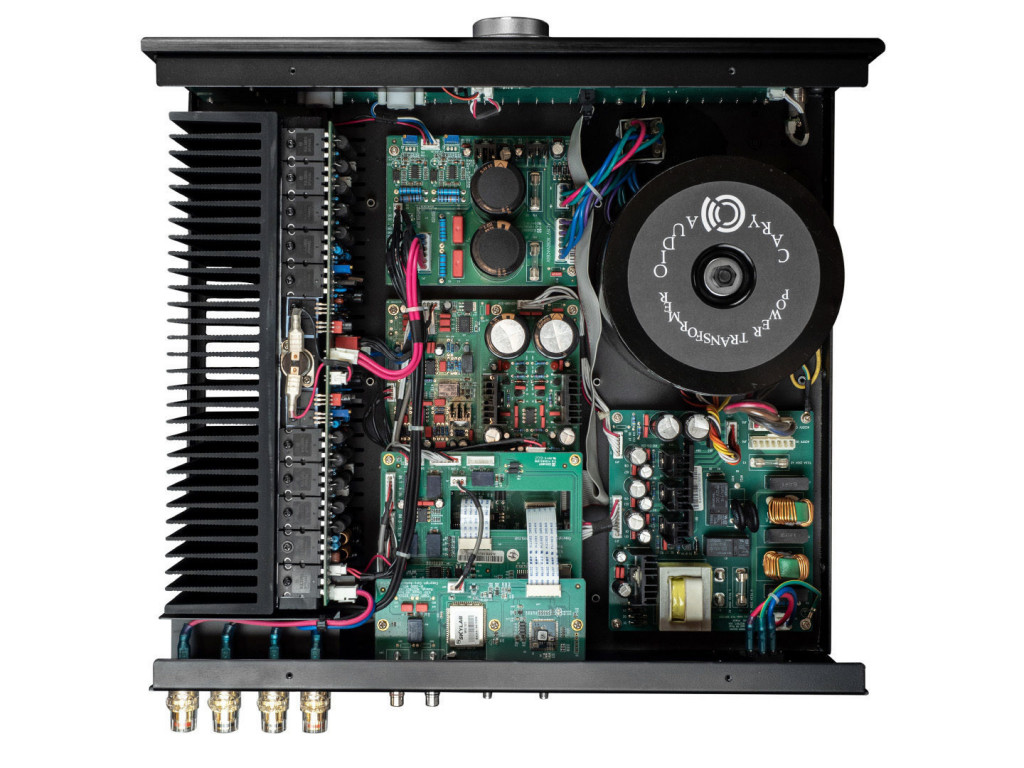
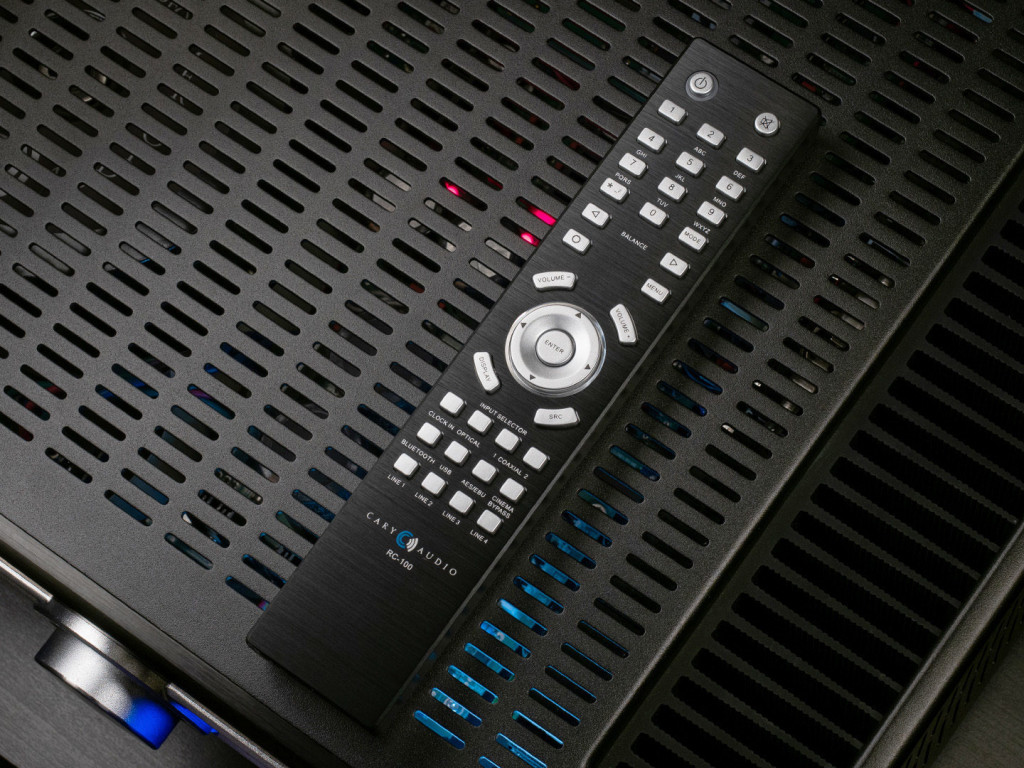
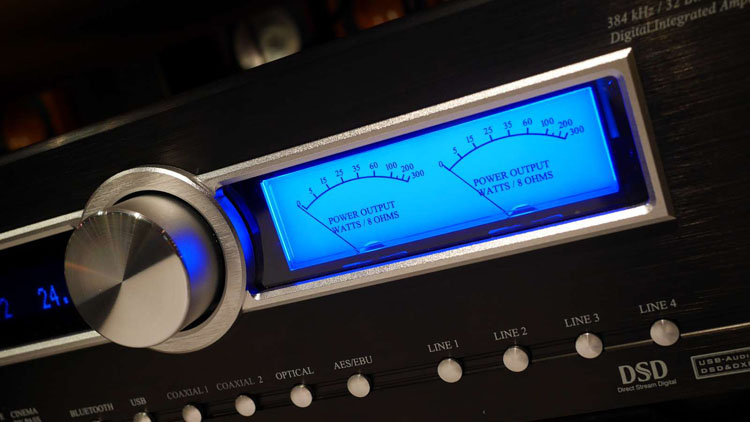
.
.
.